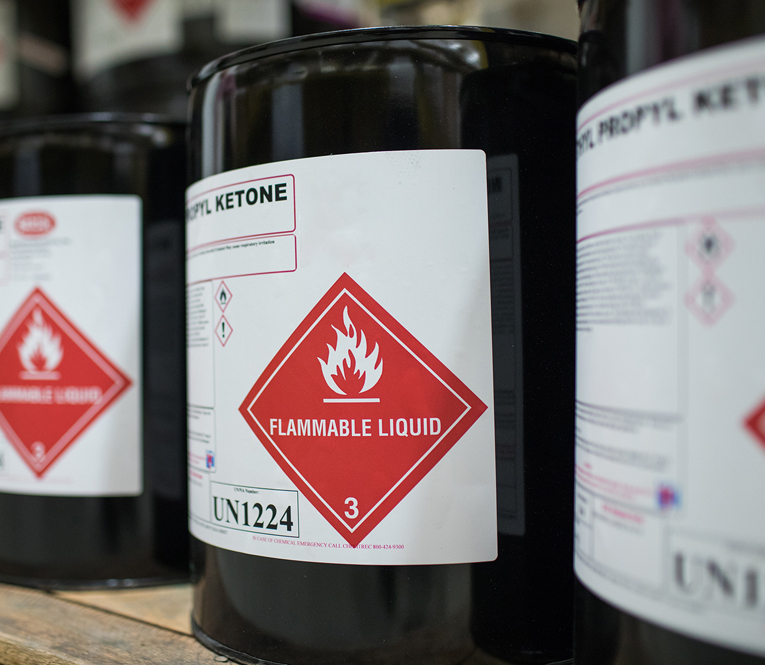As the world becomes increasingly complex, the threat of chemical and biological agents is becoming more prevalent. These agents can cause serious harm to human health and the environment, and it is important to understand the differences between them.
Chemical agents are substances that are designed to cause harm through their chemical properties. They can be in the form of gases, liquids, or solids, and can cause harm through inhalation, ingestion, or skin contact. Chemical agents can be used in warfare, terrorism, or industrial accidents. Examples of chemical agents include nerve agents, blister agents, and choking agents.
On the other hand, biological agents are living organisms or toxins that are produced by living organisms. They can be bacteria, viruses, fungi, or toxins, and can cause harm through infection or poisoning. Biological agents can be used in bioterrorism, biowarfare, or accidental release. Examples of biological agents include anthrax, smallpox, and botulinum toxin.
The main difference between chemical agents and biological agents is their nature. Chemical agents are non-living substances that are designed to cause harm through their chemical properties, while biological agents are living organisms or toxins that are produced by living organisms.
Another difference is the way they are detected and treated. Chemical agents can be detected through chemical analysis, while biological agents require specialized laboratory testing. Treatment for chemical agents often involves decontamination and supportive care, while treatment for biological agents may involve antibiotics, antitoxins, or vaccines.
In terms of their impact, both chemical and biological agents can cause serious harm to human health and the environment. However, biological agents have the potential to spread rapidly and cause widespread illness or death, while chemical agents are often more localized and have a limited impact.
In conclusion, understanding the differences between chemical agents and biological agents is crucial in order to effectively respond to and prevent their use. While both types of agents can cause harm, their nature, detection, treatment, and impact are different. It is important to stay informed and prepared in order to mitigate the risks associated with these agents.




More Stories
Custom Solar Slew Drive Design for Precision Tracking Systems
How to Choose the Perfect Auto Fast Charger for Your Car & Devices
Why Single Phase Pole Top Transformers Are Ideal for Rural Areas